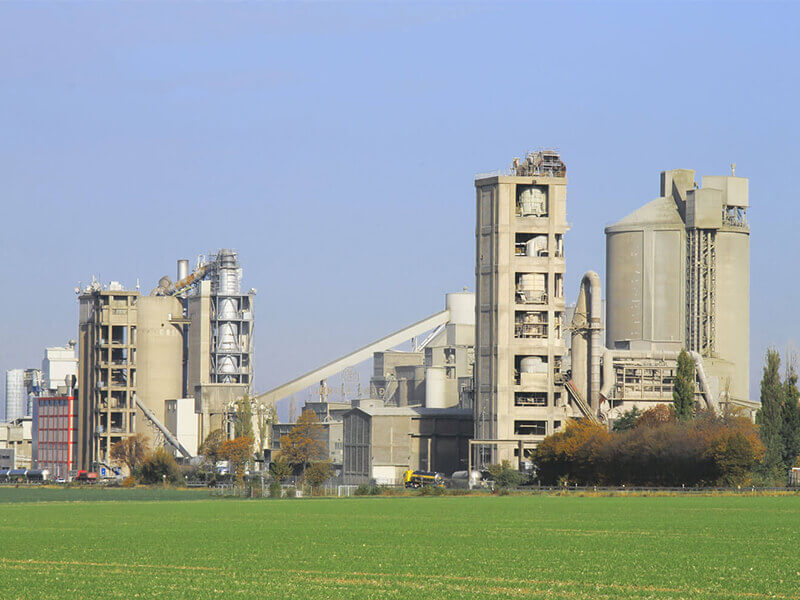Ruwac Asia Blog

Cement
- March 14, 2014
- Cement, Industries
A cement is a binder, a substance used for construction that sets, hardens, and adheres to other materials to bind them together. Cement is seldom used on its own, but rather to bind sand and gravel (aggregate) together. Cement mixed with fine aggregate produces mortar for masonry, or with sand and gravel, produces concrete. Cement is the most widely used material in existence and is only behind water as the planet’s most-consumed resource.[1]
Cements used in construction are usually inorganic, often lime or calcium silicate based, and can be characterized as either hydraulic or non-hydraulic, depending on the ability of the cement to set in the presence of water (see hydraulic and non-hydraulic lime plaster).
Non-hydraulic cement does not set in wet conditions or under water. Rather, it sets as it dries and reacts with carbon dioxide in the air. It is resistant to attack by chemicals after setting.
Hydraulic cements (e.g., Portland cement) set and become adhesive due to a chemical reaction between the dry ingredients and water. The chemical reaction results in mineral hydrates that are not very water-soluble and so are quite durable in water and safe from chemical attack. This allows setting in wet conditions or under water and further protects the hardened material from chemical attack. The chemical process for hydraulic cement found by ancient Romans used volcanic ash (pozzolana) with added lime (calcium oxide).
Aplication
Success Stories
Concrete Dust Suction system for prefabricated houses production plant
Ruwac S 24 D vacuum truck for cement and power plants CIMA, Malaysia 2017
Suction Media
Application Packages
Reference























